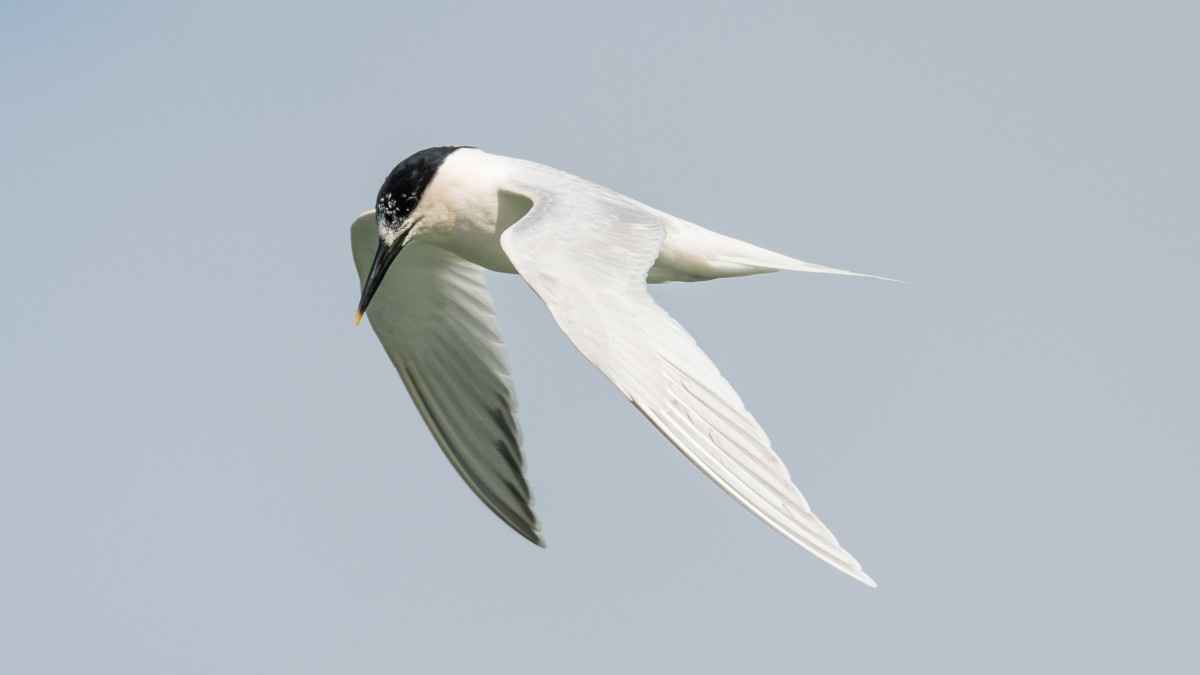BTO publishes peer-reviewed papers in a wide range of scientific journals, both independently and with our partners. If you are unable to access a scientific paper by a BTO author, please contact us.
Search settings
Linking climate warming and land conversion to species’ range changes across Great Britain
Author: Suggitt, A.J., Wheatley, C.J., Aucott, P., Beale, C.M., Fox, R., Hill, J.K., Isaac, N.J.B., Martay, B., Southall, H., Thomas, C.D., Walker, K.J. & Auffret , A.G.
Published: 2023
Habitat loss and climate change are two major threats to global biodiversity. How these two threats interact to drive biodiversity changes is less well understood. In this study, the authors examined changes in bird, butterfly, moth and plant distributions across the UK over the past 75 years to investigate how species respond to these combined threats.
30.10.23
Papers
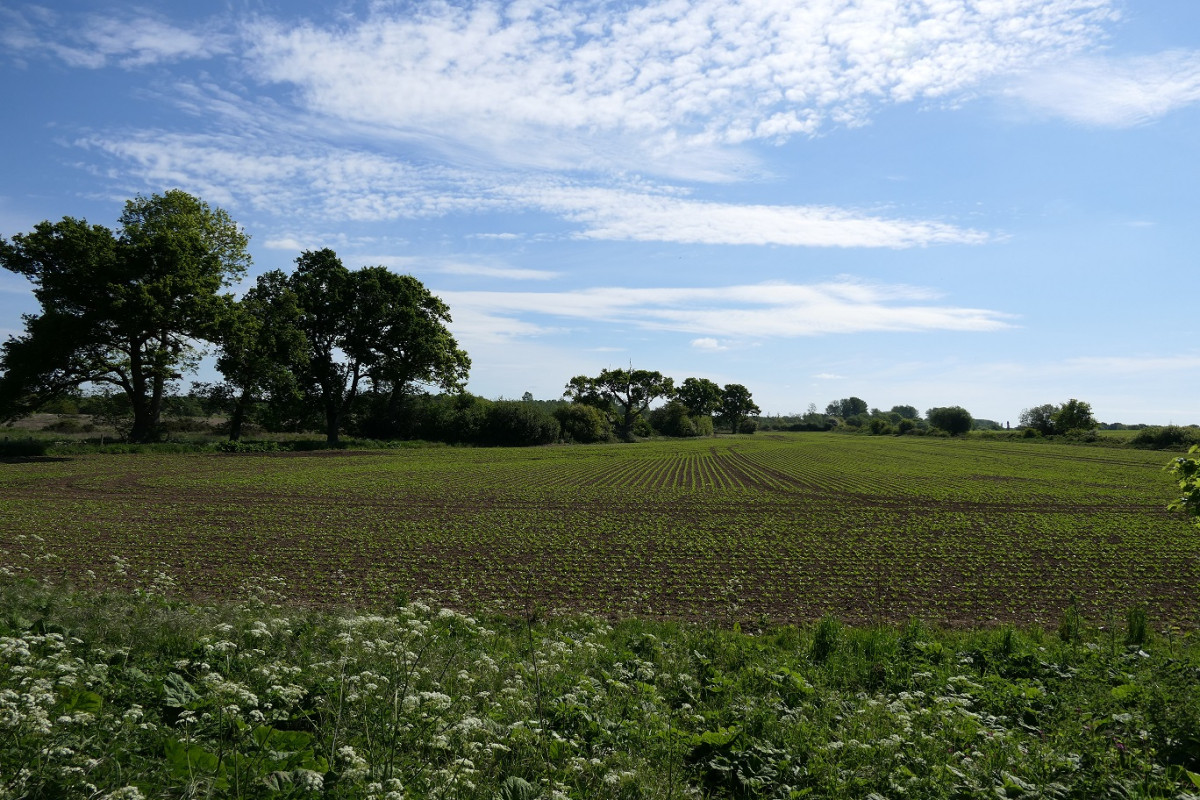
Flight heights obtained from GPS versus altimeters influence estimates of collision risk with offshore wind turbines in Lesser Black-backed Gulls Larus fuscus
Author: Johnston, D.T., Thaxter, C.B., Boersch-Supan, P.H., Davies, J.G., Clewley, G.D., Green, R.M.W., Shamoun-Baranes, J., Cook, A.S.C.P., Burton, N.H.K. & Humphreys, E.M.
Published: 2023
In an effort to cut carbon emissions, many countries (including the UK) are constructing ever more offshore wind farms. Seabirds are at risk of colliding with the blades of offshore wind turbines, posing the potential for injury or death. However, the extent of this risk depends on several factors including how high the seabirds fly in relation to the area swept by turbine blades, the seabirds’ flight speeds, and any avoidance behaviour they undertake in response to either individual turbines or entire wind farms. Accurate understanding of these behavioural aspects of seabirds is important when assessing the potential population impact an offshore wind farm will have through so-called Collision Risk Models (CRMs).
24.10.23
Papers
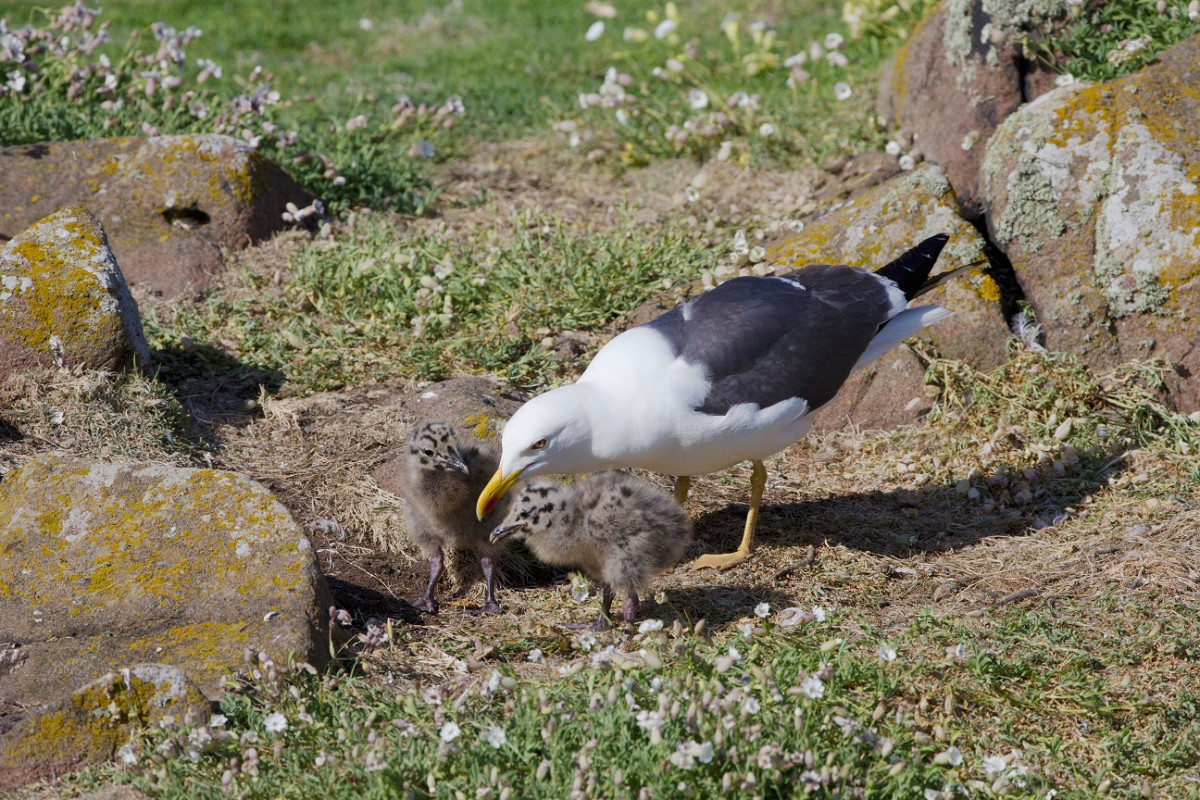
Multi-scale habitat selection throughout the annual cycle of a long-distance avian migrant
Author: Lathouwers, M., Dendoncker, N., Artois, T., Beenaerts, N., Conway, G., Henderson, I., Shewring, M., Cross, T., Ulenaers, E. & Evens, R.
Published: 2023
Long distance migrants, such as those breeding in western Europe and wintering south of the Sahara in Africa, face perilous journeys during autumn and spring. During the annual cycle, the habitats they use vary considerably between breeding and wintering sites, as well as on essential migration stopovers in very different landscapes on different continents.
23.10.23
Papers
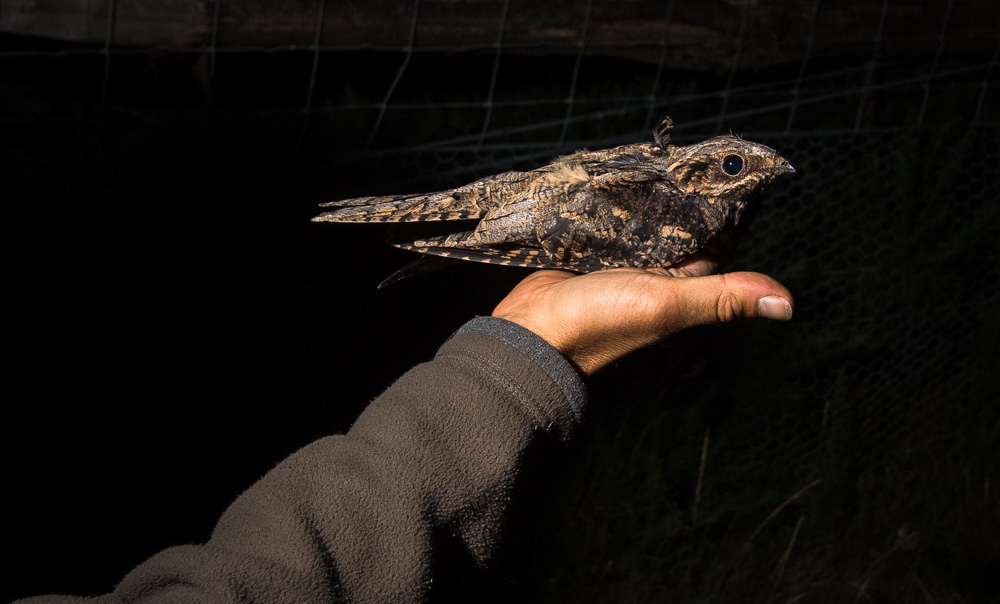
Spatially targeted nature-based solutions can mitigate climate change and nature loss but require a systems approach
Author: Finch, T., Bradbury, R.B., Bradfer-Lawrence, T., Buchanan, G.M., Copping, J.P., Massimino, D., Smith, P., Peach, W.J. & Field, R.H.
Published: 2023
Models of future land-use scenarios show that it is possible to reduce greenhouse gas emissions from the land sector to zero, and increase habitat availability for most birds, including many species of conservation concern. However, some farmland-associated species may lose habitat, and the resulting decrease in food production will require reforms of the food system.
20.10.23
Papers
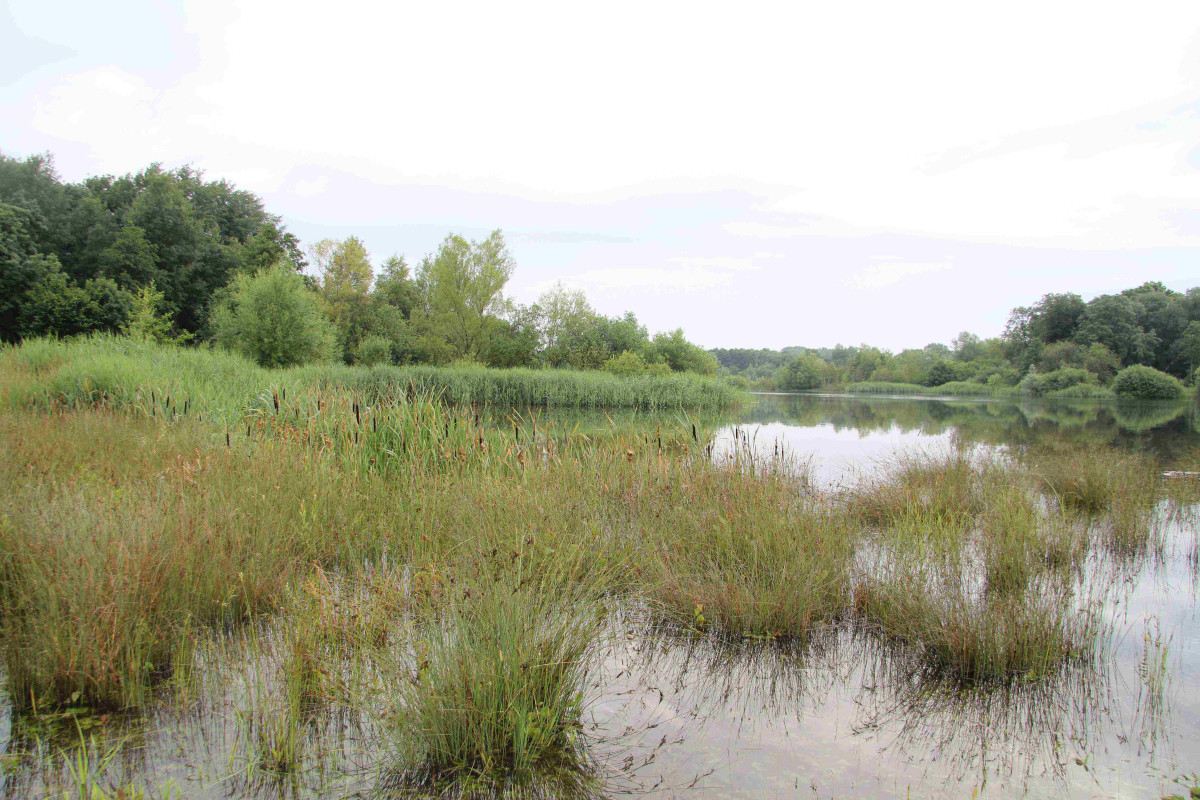
Avoidance of offshore wind farms by Sandwich Terns in the North Sea increases with turbine density
Author: van Bemmelen, R.A., Leemans, J.J., Collier, M.P., Green, R.M.W., Middelveld, R.P., Thaxter, C.B. & Fijn, R.C.
Published: 2023
Offshore wind energy is considered an essential part of humanity’s transition away from fossil fuels, but it is important to understand the consequences that wind farms can have for wildlife. In this study, GPS data revealed how breeding Sandwich Terns avoid offshore wind farms in the North Sea.
18.10.23
Papers
